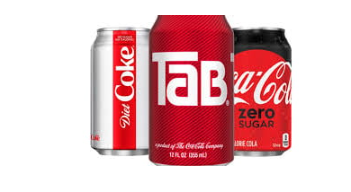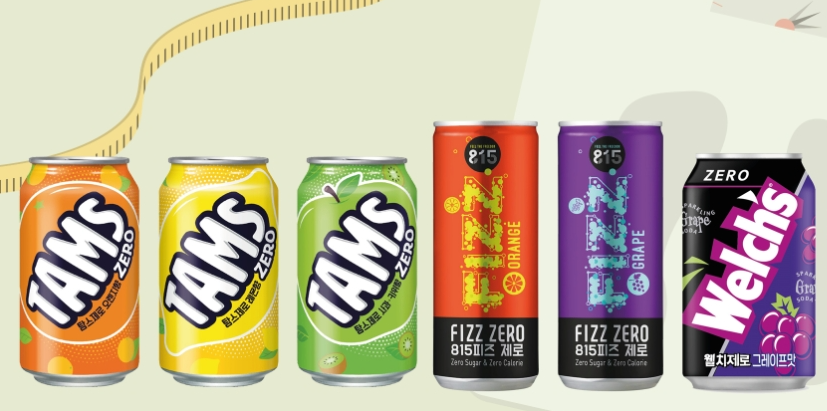
In 1963, Coca-Cola launched a product called Tab. It was Coca-Cola’s low-calorie version. The next year, Pepsi countered with Diet Pepsi. In other words, the history of low-calorie drinks has been over 60 years. It is far from the general perception that the low-calorie drink trend has recently begun.
At that time, interest in health in the United States was just beginning to rise. However, it was still treated as an auxiliary product. Taste was given priority over health. Alternative sweetener technology was sometimes inferior to today. A long time later, in 1982, Coca-Cola launched “Diet Cork.” Even then, Coca-Cola did not account for a large portion of sales. The proportion began to grow in earnest in the 2010s, when interest in health began to surge. Even this suffered ups and downs in the mid-to-late 2010s. This was when misunderstandings about alternative sweeteners grew. This means that mortgage trends emerged and then calmed down at every time interest in health increased. However, the food industry says that the recent mortgage trend in Korea is different from historical cases. This is because mortgage products are changing to “mainstream” rather than “subsidiary” as consumer perceptions, technology, and brand strategies are intertwined. “Mortgage is not a trend now, but a permanent paradigm shift,” a food industry official said. “We are paying attention to how far the product line will expand.”

R&D departments of food companies are busy developing new products such as mortgage and zero sugar. The mortgage trend, which started with carbonated drinks, has rapidly spread to the entire food industry, with most of the new products being filled with mortgage loans. Hite Jinro renewed its zero-alcohol, calorie and sugar products, while Lotte Well Food introduced Choco Pie and ice cream through the sugar-free brand “ZERO.” Lotte Well Food is rapidly expanding its product line by making “Zero” its own brand. Binggredo is also expanding its line-up to zero sugar products such as “Yoplait Zero Choco Ring” and “Juicy Cool Zero” in succession. Low-sugar sauce is also the trend. The beverage industry has also accelerated its movement. Restaurant brands such as Mega Coffee, Compos Coffee, and No Brand Burger are responding to consumer demand by introducing zero sugar iced tea or carbonated drinks. Starbucks, Korea’s leading coffee brand, is renewing its existing popular products with low prices and low calories. With the launch of Chou Cream Latte this year, the brand has reduced sugar and calories by 10 percent each. While reducing sugar and calories by using alternative sugars (allulose and stevia), the brand has maintained its taste. Some existing beverages such as Dolce Cold Brew, White Chocolate Mocha, and Starbucks Dolce Latte are also reducing sugars. Even coffee mixes, which are enjoyed mostly by middle-aged people, have introduced Zero Sugar products this year. The mortgage market in Korea is estimated to have grown by double digits every year after surpassing 300 billion won (300 million U.S. dollars) in 2022.

Currently, women in their 20s and 30s are leading the mortgage trend. They are young consumers who value health and are accustomed to carefully checking the ingredient list when choosing a product. They tend to avoid foods high in sugar. Content such as “meal vlog” and “zero drink recommendation” was also popular through SNS. The improvement in the taste of zero products, unlike in the past, is the reason why sustainable consumption is possible. This is due to the development of “alternative sweetener” technology. For example, sugar is used instead of allulose, erythritol, stevia, and sucralose. However, there is a perception among some consumers that “artificial sweeteners are harmful.” According to scientific research to date, experts agree that it is safe to consume at an appropriate level. The European Food Safety Administration (EFSA) and the U.S. FDA have also acknowledged the safety of most alternative sweeteners.
JULIE KIM
US ASIA JOURNAL



